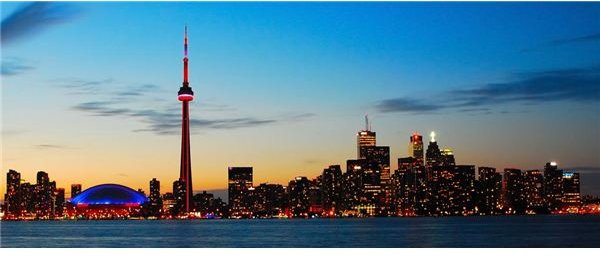Urban Photography Tips & Techniques: How to Master City Photography
City Photography

Urban photography is, in a lot of ways, a specific type of object-based and landscape photography. The urban landscape has created a whole range of different scenarios, buildings, social centers, and other elements that have their own aesthetic and social characteristics. This type of city photography is incredibly popular when it comes to people trying to capture the unique images that make up our new environment, and you cannot just take the principles of other types of landscape photography and port them over directly to an urban context. Instead, you have to take some elements from different types of photography and modify them to the specifics of this environment and what elements draw interest from the photographer. Here are a few tips for those first attempting this style of photography.
Buildings
The urban landscape is really defined as such by its buildings, which are often overpowering, strong, and not always personal in appearance. The cityscape can be made up of skyscrapers, medium sized businesses, commercial districts, or even industrial areas in certain types of urban areas. Urban photography often tries to capture the general urban area in a way that will truly characterize that area, and the choice of how to present the buildings is perfect for this. First, you should take the time to decide what building, or buildings, is emblematic of your understanding of this urban area. For example, if you want to portray a relatively wealthy and business-oriented urban area, then a large bank is going to make sense. Next, you want to approach much of the buildings in the same way that you would with human subjects. This means you can present them as portraits or capture the multitude, but either way the buildings make up much of the character of city photography.
Social
Urban photography often has a social aspect to it, meant to highlight positive and negative aspects of an urban culture. This can include all the elements that remain controversial about the urban landscape, including issues with poverty and class oppression, environmental decay, development sprawl, modern technological development, urban alienation, and so on. The best urban photography takes a look at these issues by presenting the images of the urban landscape from a perspective that communicates something to the audience. This can take the form of simply focusing on an aspect of the urban experience that is often overlooked, such as an individual homeless person. At the same time, you could take a look at the quality of air by making sure that the smog of a city is backlit and the hazy gas dominates the image. You could create contrast by photographing a rich banker entering a limousine in front of a man asking for financial assistance from a passersby. All of these present a way of looking at the city with urban photography that intends to draw out something necessary for creative expression.
Visual Dynamics
There are a lot of very strong design elements in a city, especially with the overwhelming sense of construction based on hard materials. Straight lines dominate the areas concretely, with a lot of perpendicular intersections between them and sharp corners. These allow for a lot of choices for image framing, as well as the way you want to present subjects within this context.
It is best to maximize many of the visual and color elements already present in the city photography, especially if you are focusing on industrial photography. Since there are a lot of greys, you may want to actually consider shooting in black and white. Since there are such strong elements, it is often acceptable to raise the contrast when you are photo editing in a program such as Adobe Photoshop.
Camera Settings
In general, you are going to want to be using a higher resolution DSLR camera. If you intend on creating black and white images, you typically want to shoot the photos in black and white rather than alter them in post-production, so that you know that you are getting the proper contrast. This is not as relevant when you are shooting in an urban environment because there will often be a lot of muted color and, in general, you can be assured that the general character of the image will be relatable no matter what.
What you will need to do, in most cases, is use a faster shutter speed. This is going to allow you to slow down the fast pace of an urban environment and let you take the camera off the tripod, which will let you get multiple angles quickly. Urban photography is usually done in areas that are not easy to sustain your position at because they are active locations, so having a fast shutter speed gives you a little more wiggle room in terms of stability. This is also going to be helpful in terms of exposure since the outdoor natural lighting is going to have significantly more light than indoor, which will require you to limit the amount of light in general. Bringing up the shutter speed will allow you to keep the ISO and aperture in more acceptable ranges for your photos.
References
Source: Author’s own experience.